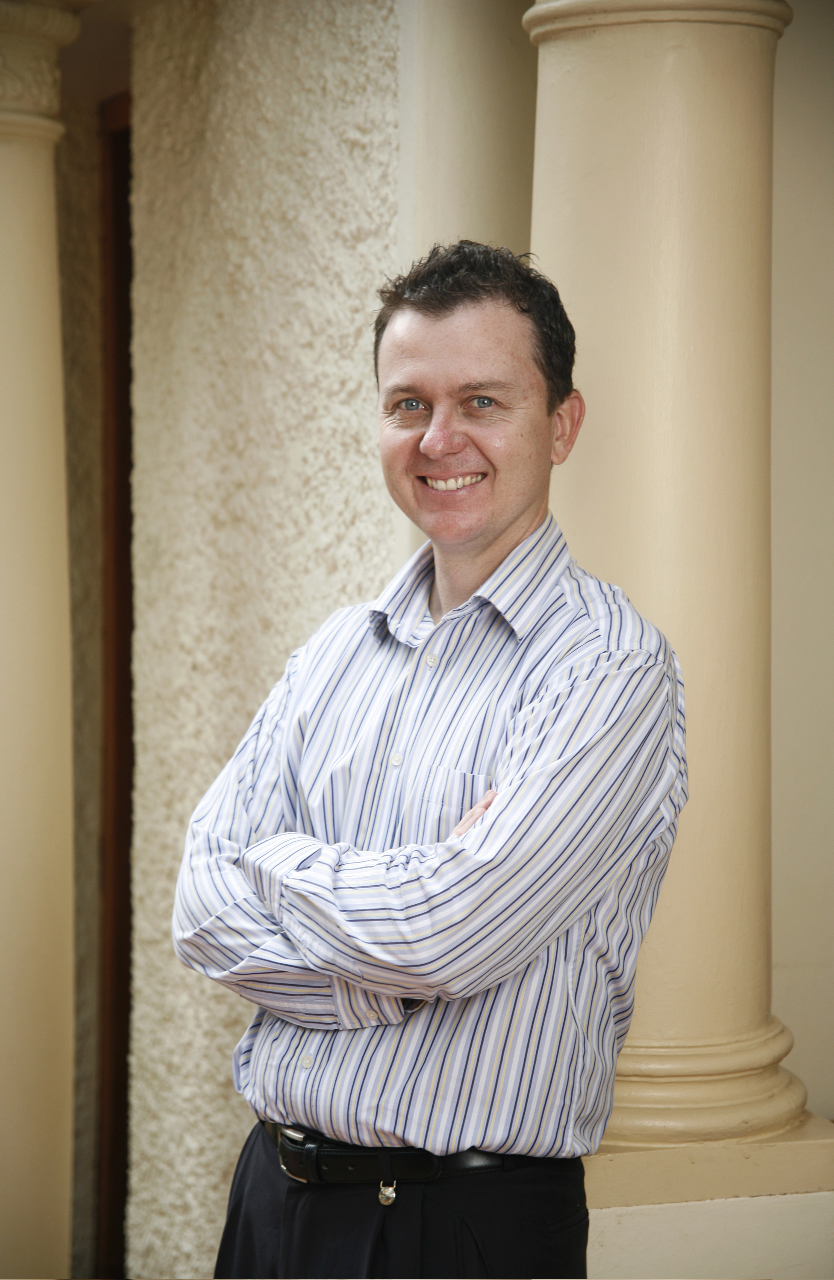The Carbon Report – broadening measurement and the sustainable journey
Guest Post by Tim James
Director, sustainableIT - Microsoft Partner
After attending some of the events around COP17, it has become abundantly clear that the dialogue of business and society at large has been around the desire to embrace the systemic change required to solve the issues we face as a result of global warming and associated climate change.
The overwhelming feeling I get is one that is positive and receptive to change. This sounds fantastic at face value and is certainly a step in the right direction. The reality however, is that when one translates this into the African and more specifically the South African business landscape, this willingness to embrace sustainability on a broad level within all spheres of business has been sorely lacking.
What makes this even more concerning is that the ravages of climate change will be realised more significantly on the African continent, than anywhere else in the world. My hope is that as Africans, we can show leadership and demonstrate to the rest of the world that a green economy is our only future. This aspiration is something that I hope we can achieve against a backdrop of flagging negotiations and protectionist political agendas.
As developing economies we may not have realised the benefits that coal has brought to the industrialised world. Using an analogy from my childhood however, “two wrongs do not make a right” and if we insist on a coal based future, future generations will bear the brunt of our folly. We need access to significant funding from the west in the form of a Green Fund, but we need to use this investment wisely in transforming our economies and leapfrogging many traditional economies in the process.
Fortunately the majority of people I have engaged with at COP17 have been the converts. Sustainability managers, consultants, energy managers and policy makers, all of whom understand the issues and know that we have to adapt our business strategies to ensure a sustainable future. The challenge we face, is how to we extend the converts and create change agents at all levels of society?
So where am I going with all of this and how can we help broaden the base and act as a catalyst for change? A sustainable business is really a journey, not something that should be taken lightly in terms of strategy and certainly should not be ignored if one wants to remain competitive in a low carbon future. The start of this journey for the majority of organisations is an understanding of their environmental impact and in particular, their carbon footprint. The simple maxim, “you cannot manage what you don’t measure” applies.
With the development of The Carbon Report, sustainableIT, a Microsoft partner, has endeavoured to make the process of measuring and reporting carbon emissions simpler, more intuitive and much more cost effective than a traditional consulting lead approach. This achieves a number of objectives but in the main, an objective to broaden the opportunity for companies of every size and in every geography to initiate the process of reporting on their emissions.
How did we go about doing this? In two ways really. In the first instance, being an African company based in Cape Town we are able to utilise world class skills at a fraction of the cost of our Western counterparts. Secondly and more importantly we chose a solution partner in the form of Microsoft.
The Microsoft development framework was chosen by us for its speed in delivering a solution, largely as a result of the availability of best practice patterns and reusable business logic. Not only has this allowed us to develop a solution rapidly, but it also provides us with agility when launching new functionality through the platform.
The other area where we have leveraged Microsoft is the Azure cloud based computing platform, which allows us to publish our solution to the world on a best of breed computing platform, ensuring the security and integrity of our clients data at all times. This also allows us to market the solution to a broad range of companies across the continent as the solution is driven entirely through a web based user interface developed using Microsoft Silverlight.
Any business, whether they are a sole proprietor or a large corporate can, now use the solution to build and report a greenhouse gas inventory, fully compliant with the requirements of the Greenhouse Gas Protocol, the most globally recognised standard for accounting and reporting carbon emissions.
So where does this lead us to? At the start of this journey we had a number of design goals but two of the key criteria were accessibility and cost effectiveness and our relationship with Microsoft has certainly allowed us to achieve these goals.
Will the positive sentiments coming out of COP17 translate to demonstrable actions at all levels of society? There is now doubt that we live in both exciting and troubling times, to coin a phrase, we are at a tipping point, certainly in more ways than one when we consider the financial markets against the backdrop of COP17 and climate change.
It remains to be seen whether our governments hear our collective voices and deliver a binding deal or at least a meaningful framework that provides us with hope for the generations to come.
